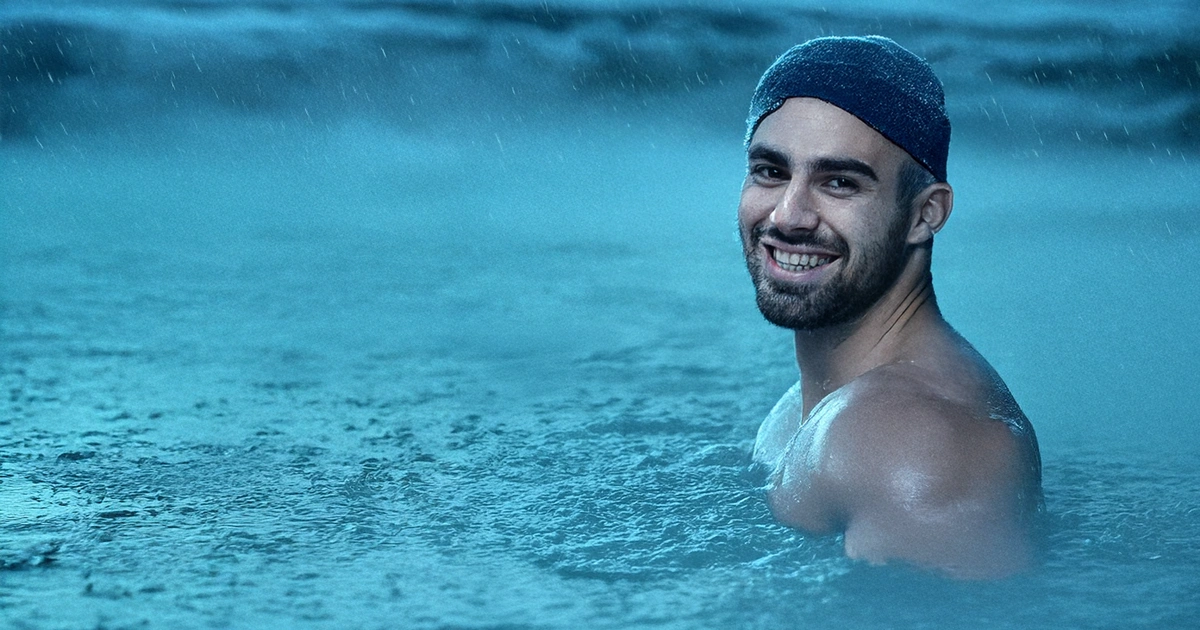The Cold Truth: Unveiling the Power and Perils of Cold Water Immersion

The Cold Truth: Unveiling the Power and Perils of Cold Water Immersion
Cold water immersion (CWI) has been a topic of fascination for centuries, with claims of both miraculous health benefits and deadly risks. As an extreme environment researcher, I've delved deep into the science behind CWI, and today, I want to share some eye-opening insights that might change the way you think about taking the plunge.
The Shocking Truth About Cold Shock
When you first immerse yourself in cold water, your body undergoes a dramatic physiological response known as "cold shock." This isn't just a matter of discomfort – it can be life-threatening. Within the first three minutes, your skin rapidly cools, triggering a gasp reflex and uncontrollable hyperventilation. This can lead to the aspiration of water and, potentially, drowning.
But there's more to the story. Recent research suggests that cold shock can also cause cardiac arrhythmias due to a phenomenon called "autonomic conflict." This occurs when both the sympathetic and parasympathetic nervous systems are activated simultaneously, potentially leading to heart rhythm disturbances.
The Unexpected Benefits of Cold Water
Despite these risks, CWI isn't all doom and gloom. In fact, when used correctly, it can offer some remarkable benefits:
-
Enhanced Recovery: Athletes often use CWI to speed up recovery after intense exercise. The cold water can reduce inflammation, muscle soreness, and potentially improve subsequent performance.
-
Improved Performance in Heat: Precooling with CWI before exercise in hot conditions can significantly enhance endurance performance by creating a "heat sink" in the body.
-
Potential Neuroprotection: In rare cases of drowning in very cold water, the rapid cooling of the brain can provide a protective effect, potentially extending survival time underwater.
The Cold, Hard Facts
While the benefits of CWI are intriguing, it's crucial to approach this practice with caution and knowledge. The risks of cold shock, hypothermia, and non-freezing cold injury are real and should not be underestimated.
If you're considering incorporating CWI into your routine, start gradually and always prioritize safety. Begin with warmer temperatures and shorter durations, and never immerse yourself in cold water alone.
Remember, the key to harnessing the power of cold water lies in understanding both its potential benefits and its very real dangers. By respecting the cold and approaching it with knowledge and preparation, we can tap into its remarkable effects while minimizing the risks.
References: